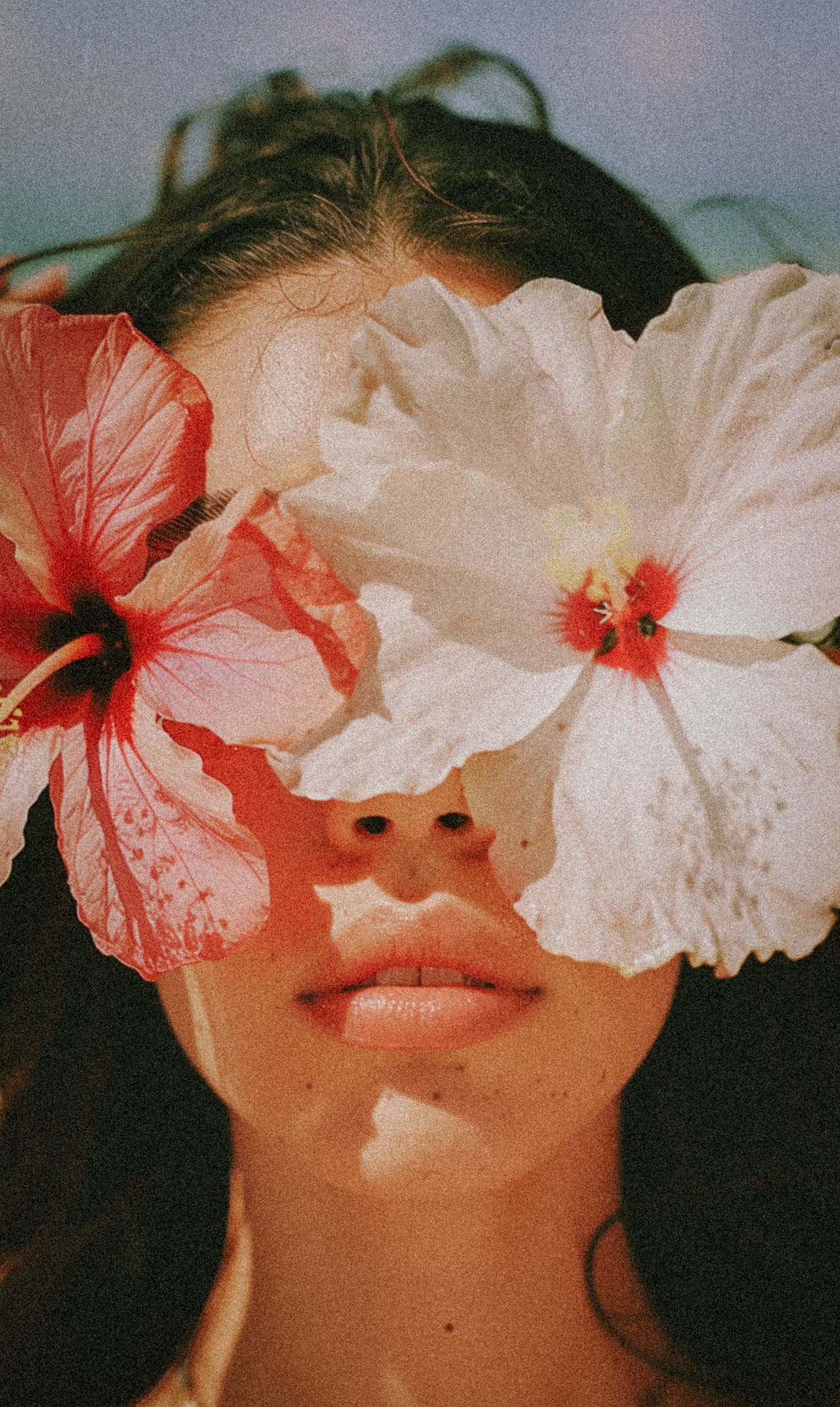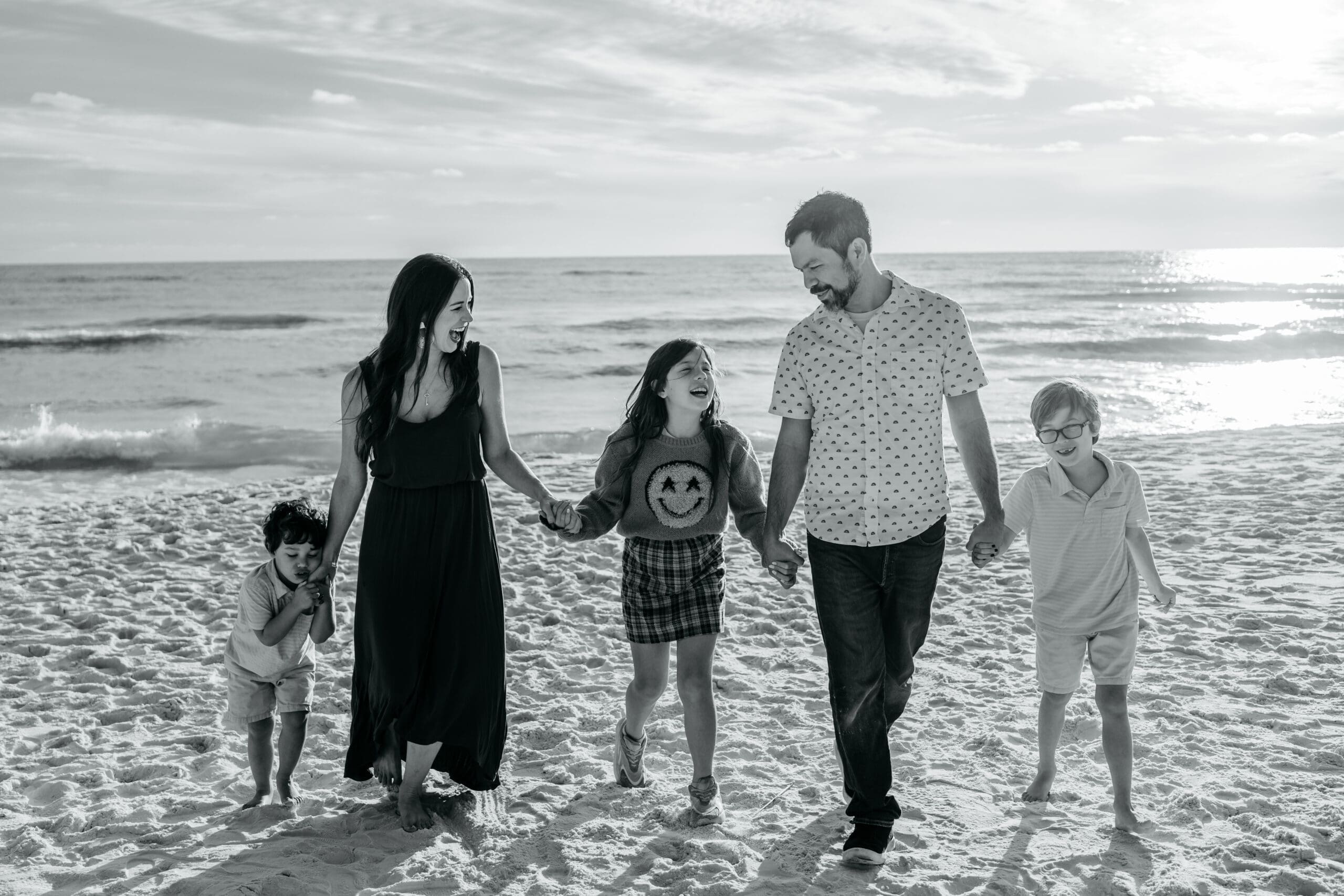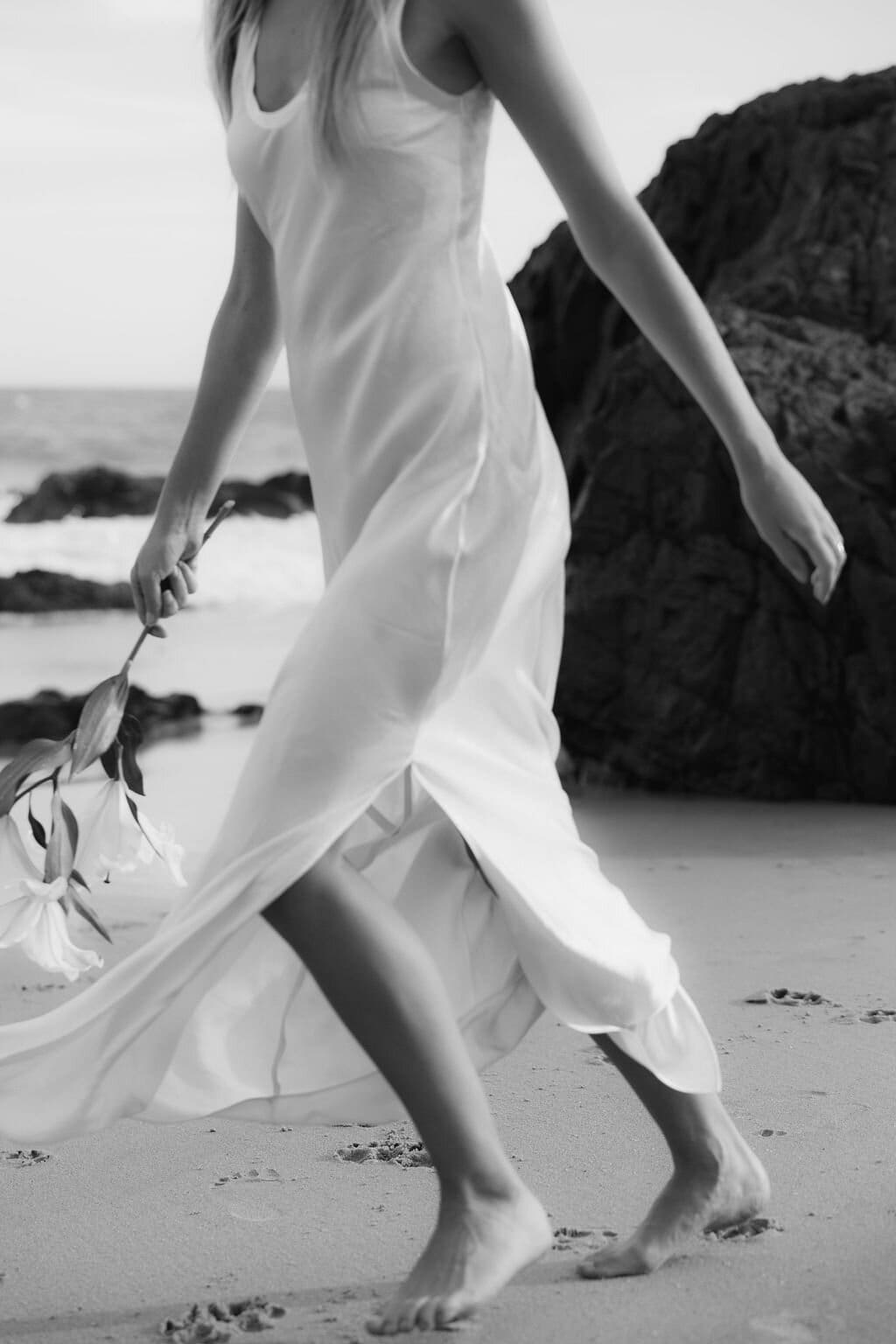There is a particular flavor of desire that lives in the modern woman’s body that she doesn’t know what to do with.
Because she has only been given two cultural instructions:
Suppress it.
or
Indulge it.
Neither leads her home.
The truth is:
Not all desire is the same.
And here’s part of why:
Language both reflects and shapes what a culture values.
When a society develops rich vocabulary around a concept it’s because it pays attention to it.
It studies it.
It values precision in that realm of experience.
The Inuit have dozens of words for snow.
The ancient Greeks had five words for different forms of love.
But in the West, we only have one word for the entire landscape of wanting: desire.
“I want. I want. I want.”
A single, blunt instrument meant to describe everything from a craving for chocolate to a deep inner calling toward something you can’t quite explain but deeply feel pulled towards.
No wonder women are confused.
Because there is a world of difference between the hunger that numbs you and the longing that wakes you up.
Yet in English, they collapse into the same phrase.
When language flattens experience, discernment disappears.
And without language for us to explore the nuance, all wanting has become suspect.
All longing sounds the same.
And so, in the Western world, we were never taught the art of differentiating what our wanting actually means.
It wasn’t until my own spiritual studies that I found a language that could hold the nuance my body already knew:
In Buddhism, they name the difference —
Tanha — craving
Compulsion, hunger, lack.
The reaching for something to fill a hole.
Chanda — true desire
A life-forwarding pull.
The quiet momentum of the soul toward what is right.
Craving says:
“If I get the clients / the money / the recognition — I’ll finally exhale.”
Desire says:
“I feel an undeniable pull toward this.”
One is anxious.
One is calm.
One grasps and clings.
One allows and trusts.
One tightens the chest.
One opens it.
One is destructive — life-draining.
The other is generative — life-affirming.
And yet, in English, they all collapse into a single word: desire.
And when language flattens experience, culture follows.
Because when we cannot name nuance, we cannot honor it.
And so, “wanting” — in all its sacred complexity — became suspect.
Over time, that suspicion calcified into moral law.
The earliest Western frameworks didn’t just misunderstand desire — they distrusted it.
Especially in women.
Because desire is selfhood.
And selfhood is sovereignty.
And sovereignty is very difficult to control.
Why We Learned to Fear Desire
The Puritans taught that virtue was earned through discipline, output, and self-denial.
Work was salvation.
Pleasure was sin.
Rest was moral weakness.
The body was to be controlled.
The spirit, disciplined.
Desire, suspect.
It was not enough for a woman to be good.
She had to be useful.
Productive.
Contained.
Then came the Industrial Revolution — and the theology of control became an economy.
The new gospel?
Be on time.
Be efficient.
Be predictable.
Be replaceable.
But desire does not fit in a timecard.
A woman attuned to desire is none of those things.
Desire is:
wild
non-linear
erotic
unreasonable
creative
Desire is life-force.
Which is exactly why it has to be suppressed in a society that is built on obedience.
And so, generation after generation, women have been taught to mistrust the very intuition pulling them towards their purpose, their greatest fulfillment, and deep happiness.
And Now We See the Result
Here’s the punchline: we did everything right.
We got the degrees, the titles, the high-thread-count sheets.
We meal-prepped our way to enlightenment.
And somehow, we still wake up wanting more.
Not the Instagram highlight reel kind of more.
The kind that catches in your throat when a song reminds you of who you used to be before you got so responsible.
We were taught that desire would ruin us, so we organized it into Google calendars.
We called it “ambition.”
We called it “five-year planning.”
We tried to spreadsheet the ache out of our bodies.
But desire’s funny like that.
It waits.
It leaks through in daydreams, in fantasies about quitting everything to open a bookstore or fall madly in love again.
The truth is, desire is not chaos.
It’s coherence.
The body’s intelligence, whispering: this way.
When we follow craving, we consume.
When we follow desire, we create.
When craving leads, we strip the world bare.
When desire leads, we make it beautiful again.
Desire is not the threat.
It is the current beneath the surface–
the tide that, if we let it, carries us toward a higher collective destiny.
Discerning the Call
So how do you tell the difference?
Between the craving that depletes and the desires that walks you towards a life of deep purpose, meaning, and fulfillment?
Pause.
Place a hand on your heart, another on your belly.
Ask your body a simple question:
“When I imagine moving towards this, what happens next inside me?”
Often, you’ll feel two waves.
The first wave is your true desire — an inner widening, a spark, a sense of aliveness.
The second wave is the conditioned protector — the flood of what-ifs, logistics, and reasons it’s not safe.
The first is your inner compass.
The second is your conditioning.
True desire feels like warmth that wants to move.
False expansion feels like electricity that wants to manage.
True desire says: This is right.
Conditioning says: Be careful.
So the practice is not to silence either —
but to stay present long enough to tell which one is speaking.
Craving contracts.
Desire opens — and then steadies.
You’ll know it’s real when, after the spark, there’s a grounded calm beneath it.
And when you begin to follow that voice —
the quiet, bodily yes —
you will notice your life start to rearrange itself around it:
work that feels like creation,
wealth that feels like art,
love that feels like worship,
days that feel like breath.
Each time you choose the open-body yes, you are teaching your system that safety does not live in control — it lives in coherence.
And from that coherence, creation begins.
This is what happens when women live in obedience to their own aliveness.
The world gets more beautiful.
If your body whispered yes somewhere in this reading — a warmth low in your belly, a softening in your chest — pay attention.
That’s the signal.
The rest is logistics.
And if you are ready for a life that pulsates with true, rich, sumptuous desire, the Work With Me page will tell you how we can begin.








Read the Comments +